Algae and cyanobaterial colonies growing in the hot springs of Muloorina, east of Marree, resemble those found in Paralana Hot Springs at Arkaroola.


Algae and cyanobaterial colonies growing in the hot springs of Muloorina, east of Marree, resemble those found in Paralana Hot Springs at Arkaroola.


Sun bleached filamentous green algae in the cool freshwater springs of Arkaroola, North Flinders Ranges.
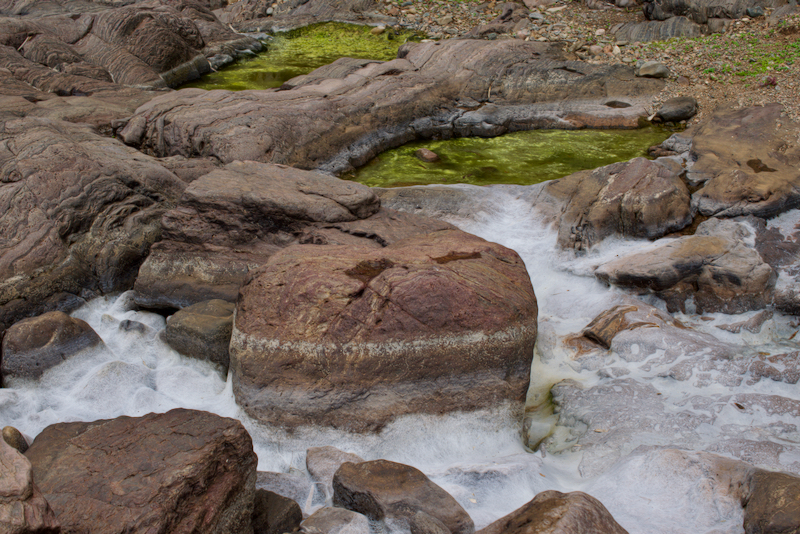
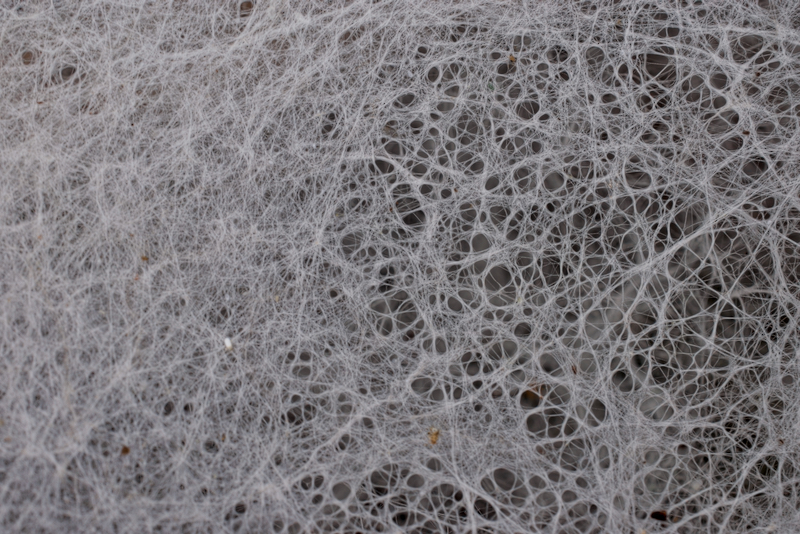
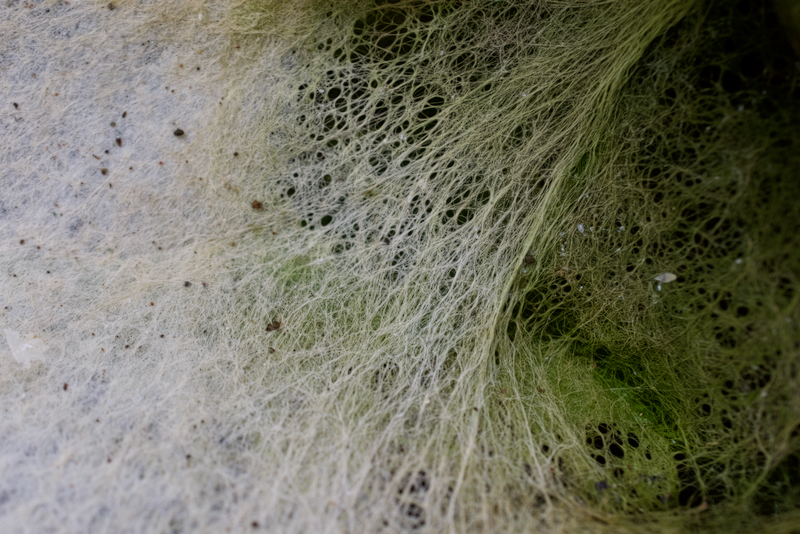
Australasian Darter (Anhinga novaehollandiae) at artesian wetland on Muloorina Station, east of Marree, in November.
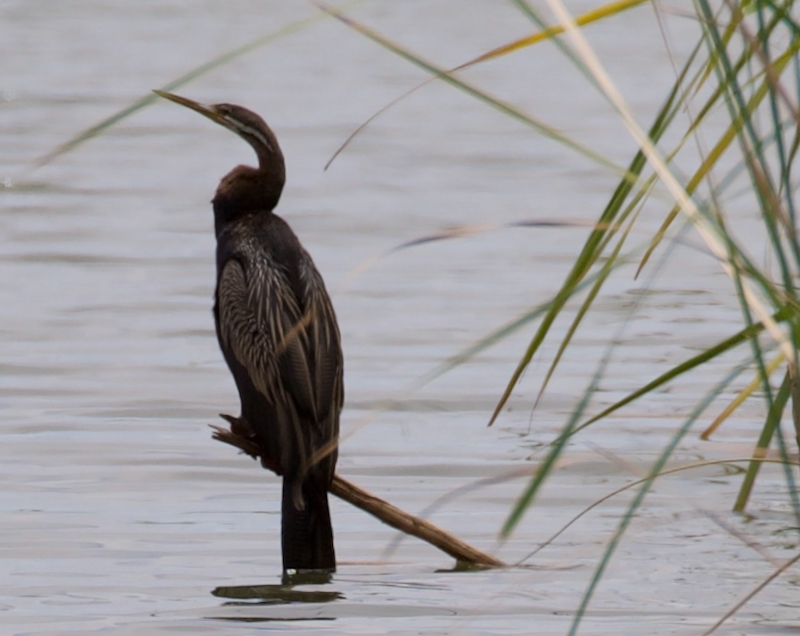
Australia’s largest water bird, Antigone rubicunda, the Brolga, inhabits the tropical regions of northern Australia, the inland wetlands of the Great Artesian Basin and the Murray Darling Basin. It feeds on plant matter, invertebrates and small vertibrates in freshwater and saltwater environments. Seen at the hydrothermal wetlands on Mulooorina Station east of Marree, in November.

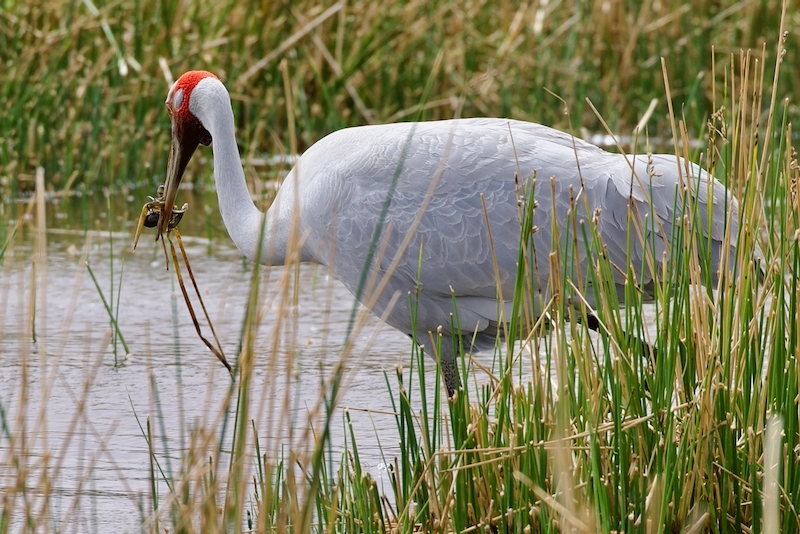
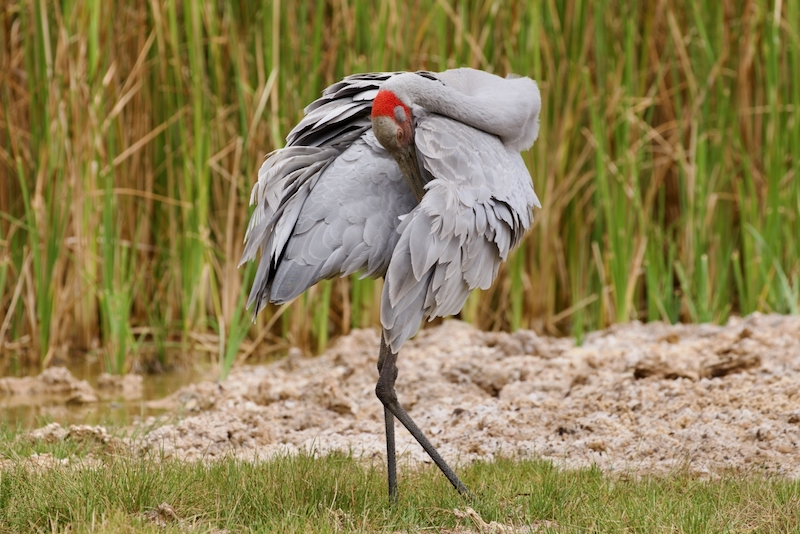
Leigh Creek Public Library showcased a superb collection of field naturalist resources alongside images from this website in the October exhibition Field Guides and Photos.

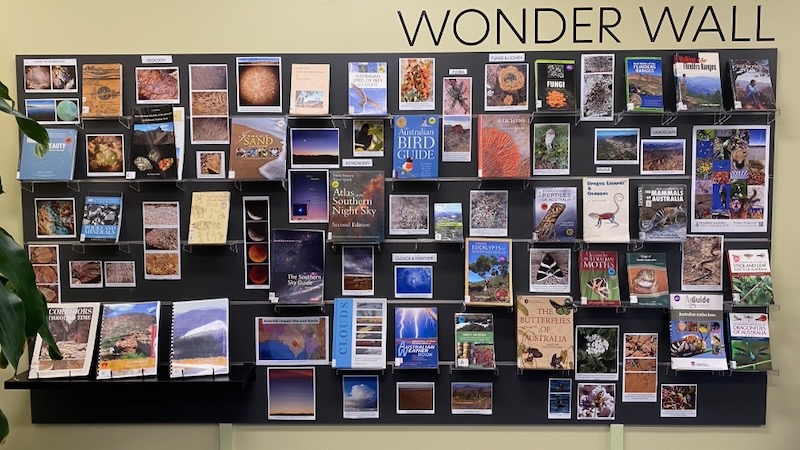
Case Moth larvae on Jointed Cherry, Exocarpus aphyllus, at Copley, in November.
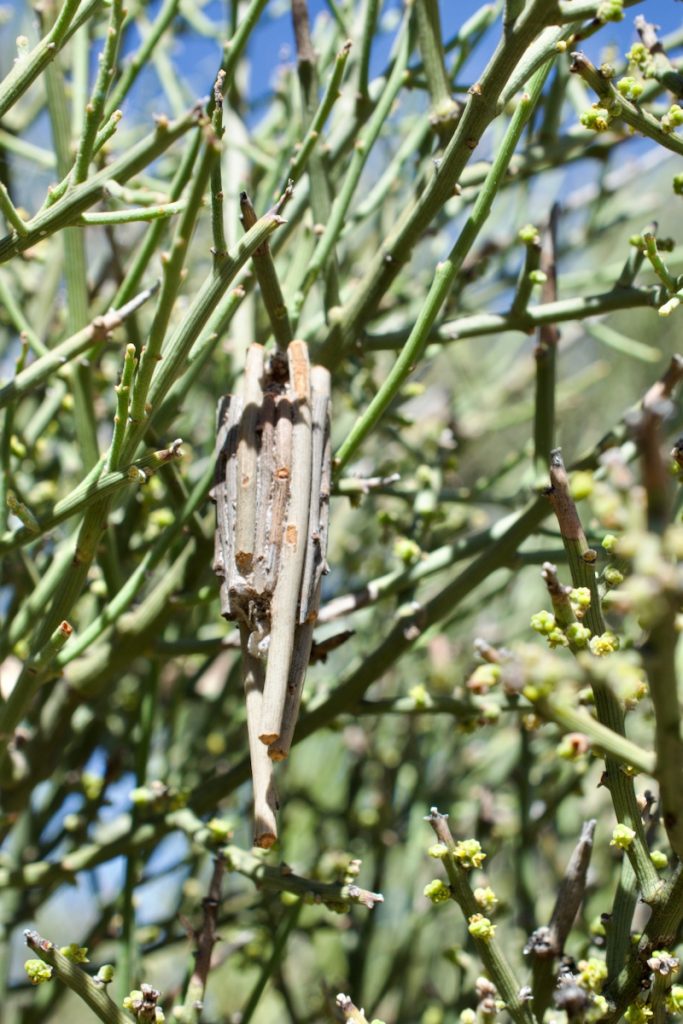
The semi-parasitic Jointed Cherry, Exocarpus aphyllus, flowering on the Copley Commons in November. Flowers approximately 2mm. Host to Case Moth larvae.


Huge Wedge-tail Eagle nest, approximately one meter in diameter, in a Casuarina tree, Copley.
Three Wedge-tail Eagle nests in a dead Eucalypt tree.
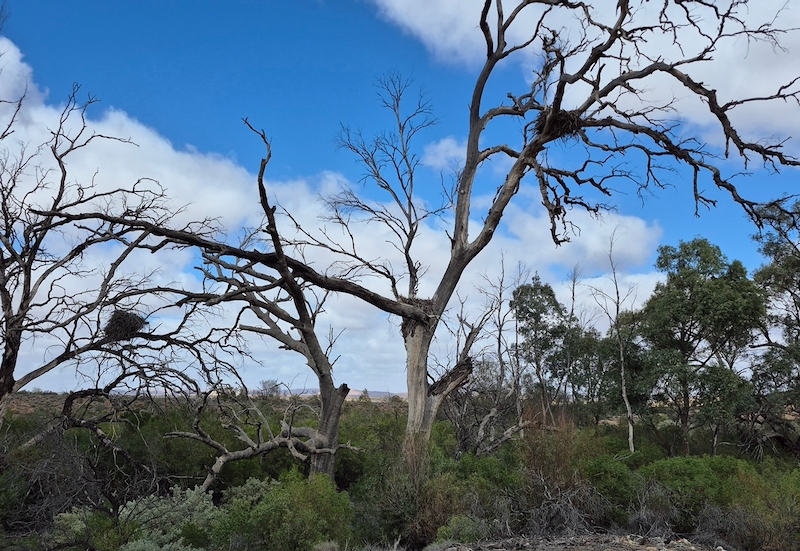
Thyridia repens, the Creeping Monkey-flower, is a prostrate marginal water plant native to Australia and New Zealand. A prolific groundcover on the banks of Retention Dam, Copley.

Acacia oswaldii, the Umbrella Wattle, with distinctive spiralling seedpods, in November.
